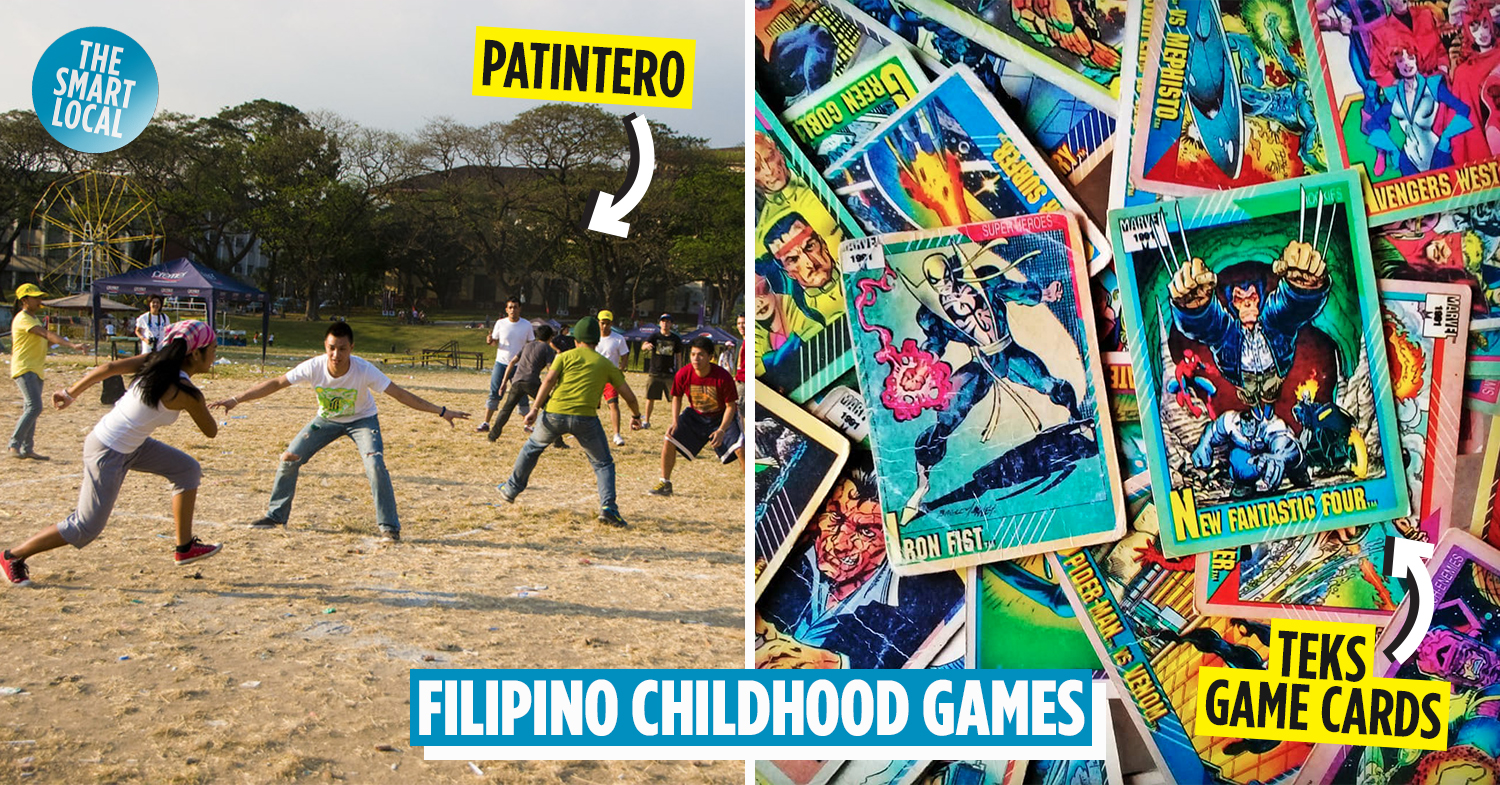Nostalgic childhood games in the Philippines
Summer is always a nostalgic time for older Filipinos as it reminds us of our childhoods. After all, it was when we were allowed to spend more time playing outdoors.
If you want to remember your happy memories playing with your friends, below are some of the Filipino childhood games you enjoyed as a child that you might want to pass on to younger family members or enjoy as an adult.
Table of Contents
– Two-player games –
1. Sungka – strategy game to get more stones in your base
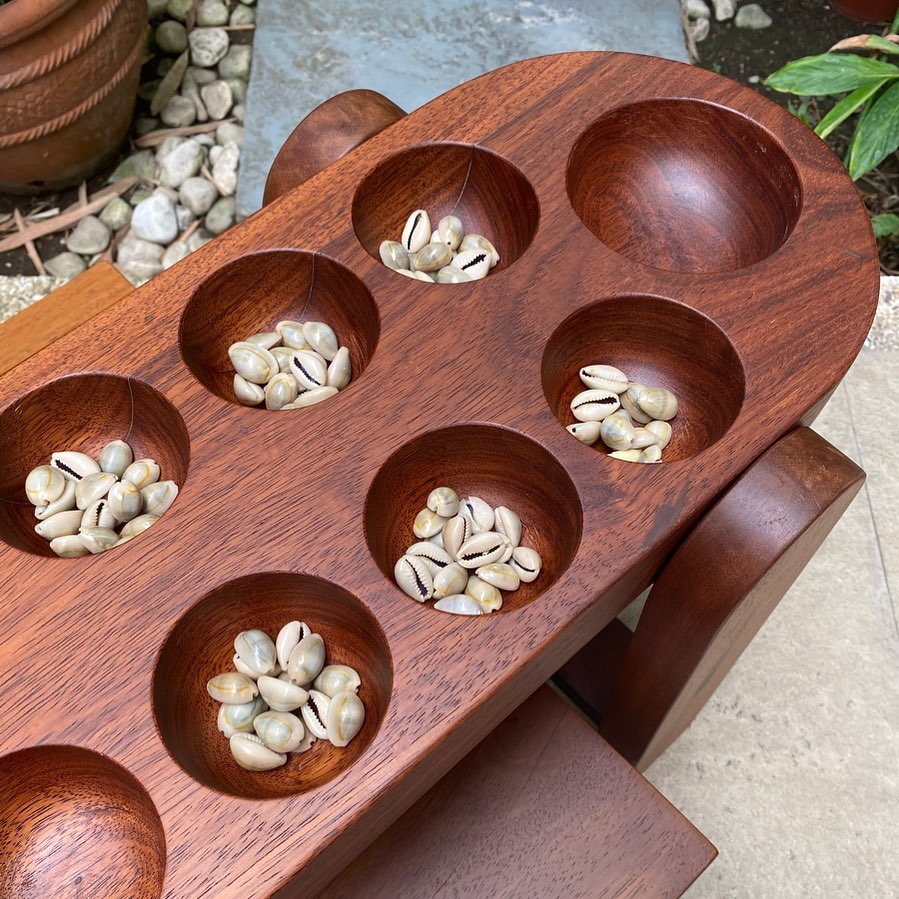
Image credit: @bench_ambassadors
Sungka is a two-player mancala game. It uses a wooden board with 12 holes or more filled with shells or stones and two bigger holes on each end to serve as each player’s base.
The first player has to choose a hole from their side and drop a stone into every hole they pass by going clockwise, leaving one in their base but skipping their opponent’s.
If the last stone from your first pick lands in a hole with any number of stones, you pick up that new set and move counterclockwise again. If the last stone goes to your base, you get to pick up a new set of stones from your side and continue. A turn ends when the last stone goes on an empty hole.
Your goal in this game is to have the most number of stones in your base in the end.
2. Teks – low-cost Filipino card game
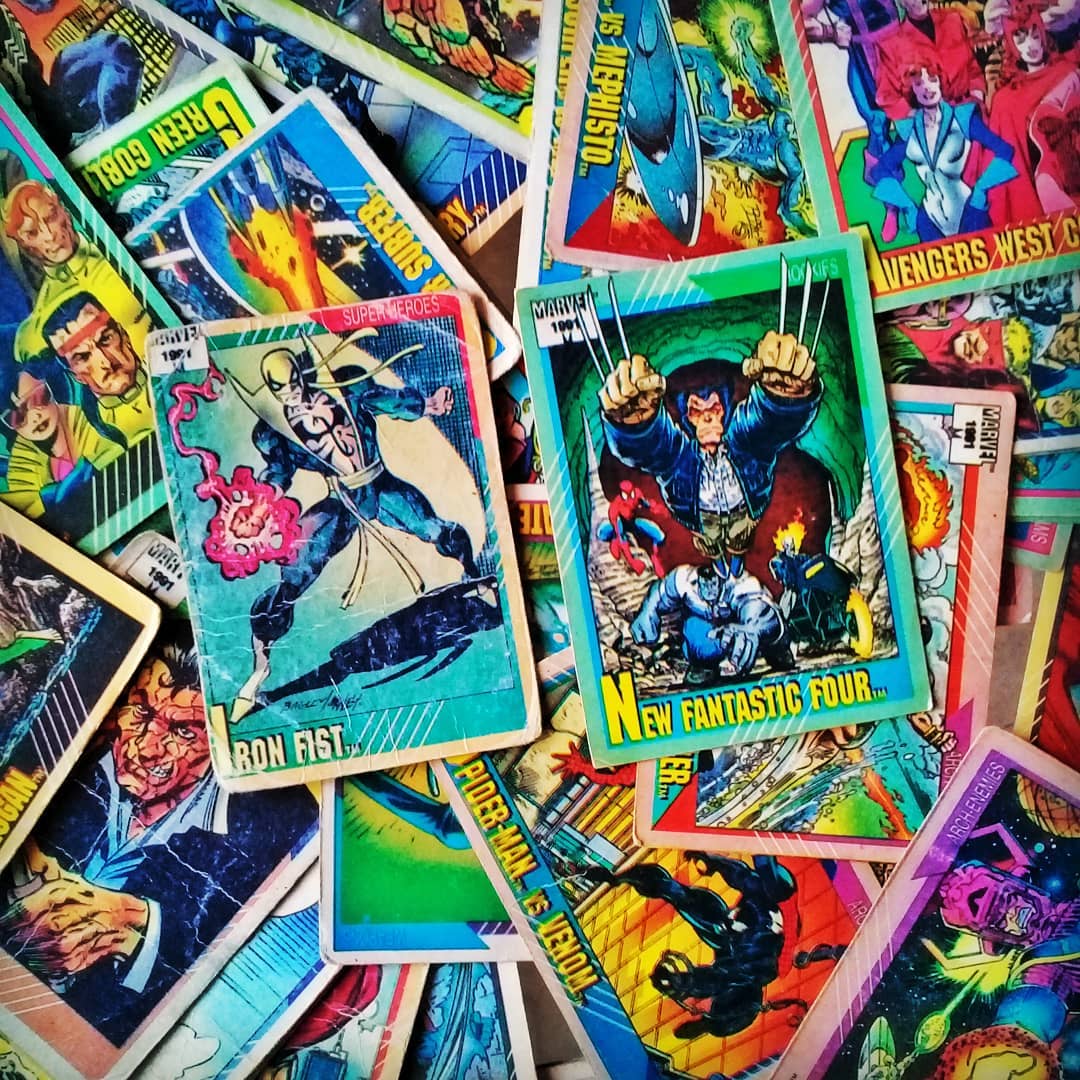
Image credit: @mikesnonsportscards
Teks are inexpensive game cards in the Philippines that are each just over an inch tall. They contain images of characters from popular shows, from the anime Dragon Ball Z to the Filipino superhero TV series Darna.
As they’re mass-produced and sold at every store, kids don’t really get these to collect a full set. Often, their teks collections stored inside biscuit containers are a mix of cards from different shows.
To play this game, each player has to choose their favorite teks card which has to emerge face up each time they flick or high-five. If your card faces up, you receive a certain number of cards from the losing player or players. Conversely, you also have to pay up when you lose. There are also many other ways to play and gain teks.
Today, teks are also sold on online platforms for collectors of specific teks sets.
A latter version of this card game also exists. It uses circular pogs which were originally made of cardboard milk caps.
3. Trumpo – traditional spinning top
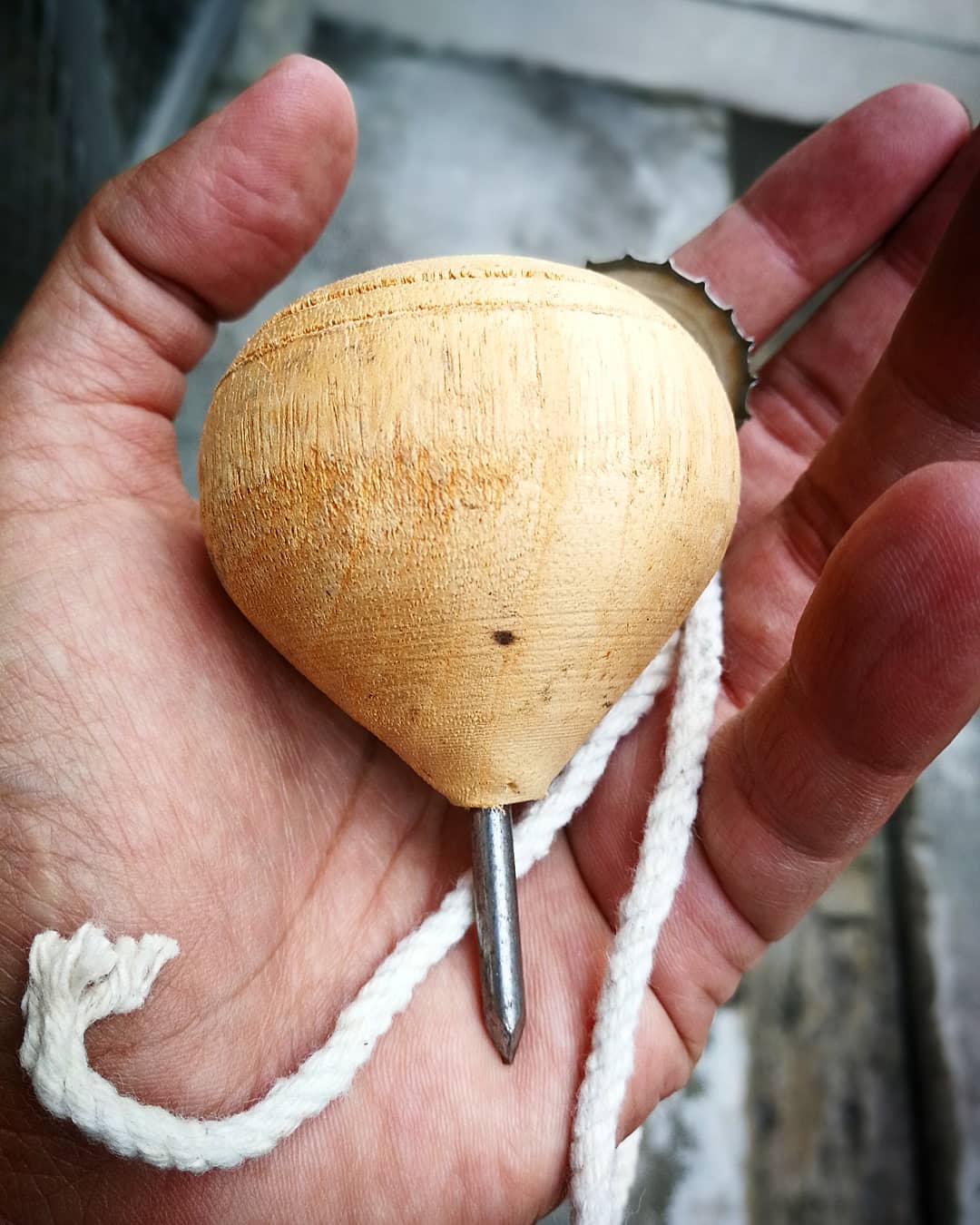
Image credit: @bl4ckshirt
The Philippines’ trumpo or turumpo is a spinning top made with wood and a single nail. A piece of rope is spun from the middle of the nail to halfway around the body of the top before it is thrown at an angle.
Because it uses a sharp nail, you should remember to play with caution when playing with this toy as it might land on your foot or your opponents’ when you release it.
The goal of playing trumpo is to knock over the opponent’s top or for your top to spin longer than your opponent’s.
There’s also a more modern version of this toy – the Japanese Beyblade which Filipinos also enjoy.
4. Syatong – baseball pitching-like game using three sticks
Video credit: MYlovEs VLOGS
Syatong is a Filipino childhood game similar to baseball pitching but it uses simple materials you can find in your yard. For this, you only need sticks – one short and a long one for each player.
The small stick has to sit atop a small impression made in the ground. On the other hand, the longer stick will be used to flick it towards the opponent.
To win this game, you should send the small stick flying towards the opponent quick enough for them not to catch it.
5. Sipa – kicking a piece of metal for as long as possible
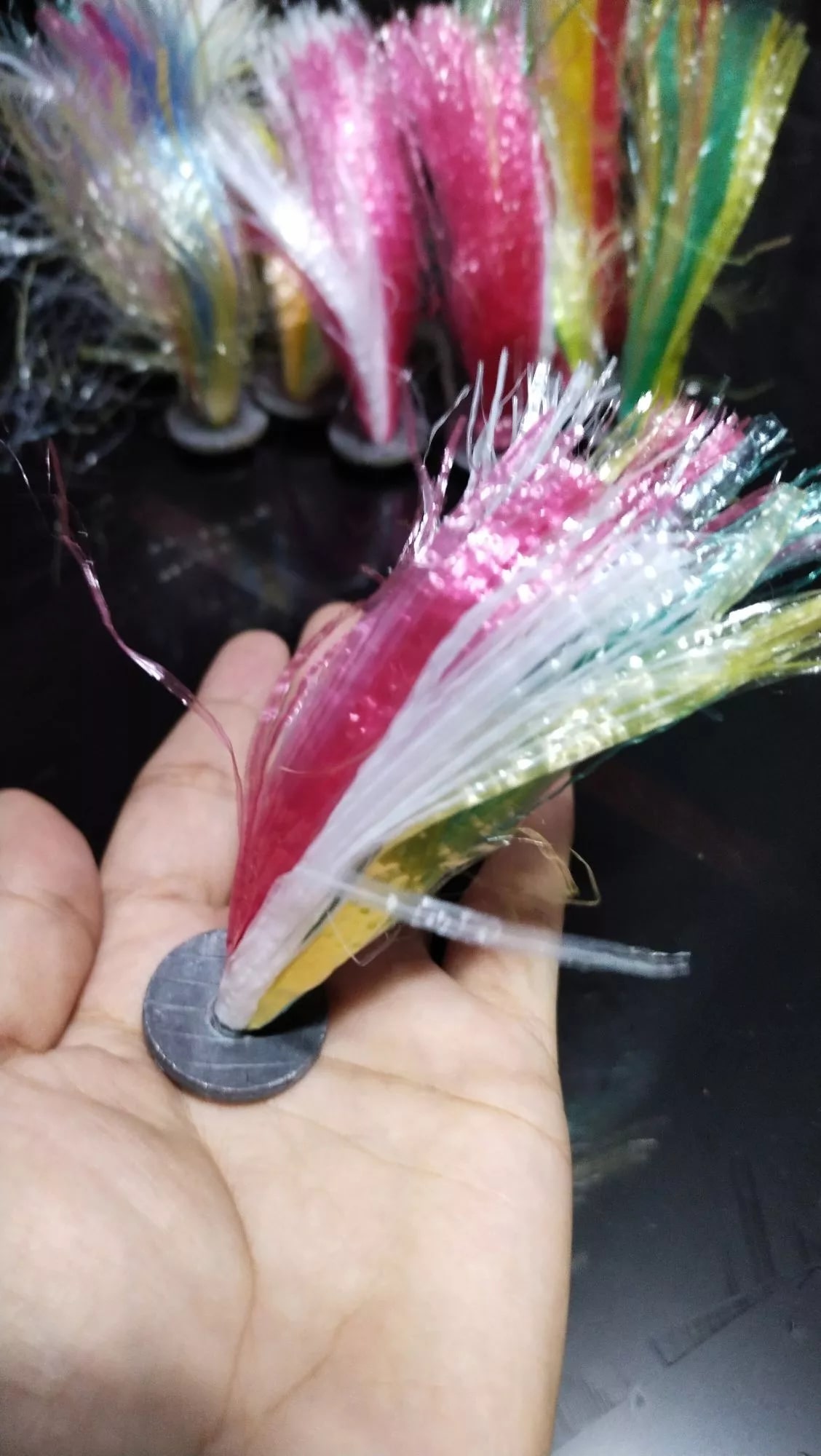
Image credit: Lazada
Sipa means “to kick” in Filipino but it’s also the name of the object used in this game. You can find many games like this around the world, such as Malaysia and Singapore’s capteh and South Korea’s jegichagi.
The Filipino sipa is made with a coin-sized piece of lead or metal called a washer that’s used for securing roofs. Cloth or plastic straw ropes are then tied to the washer for style and aerodynamics.
Each player must keep the sipa from falling on the ground by kicking it as many times as they can. The person with the most number of kicks wins.
– Multiplayer games –
6. Chinese garter – jumping over a chain of rubber bands
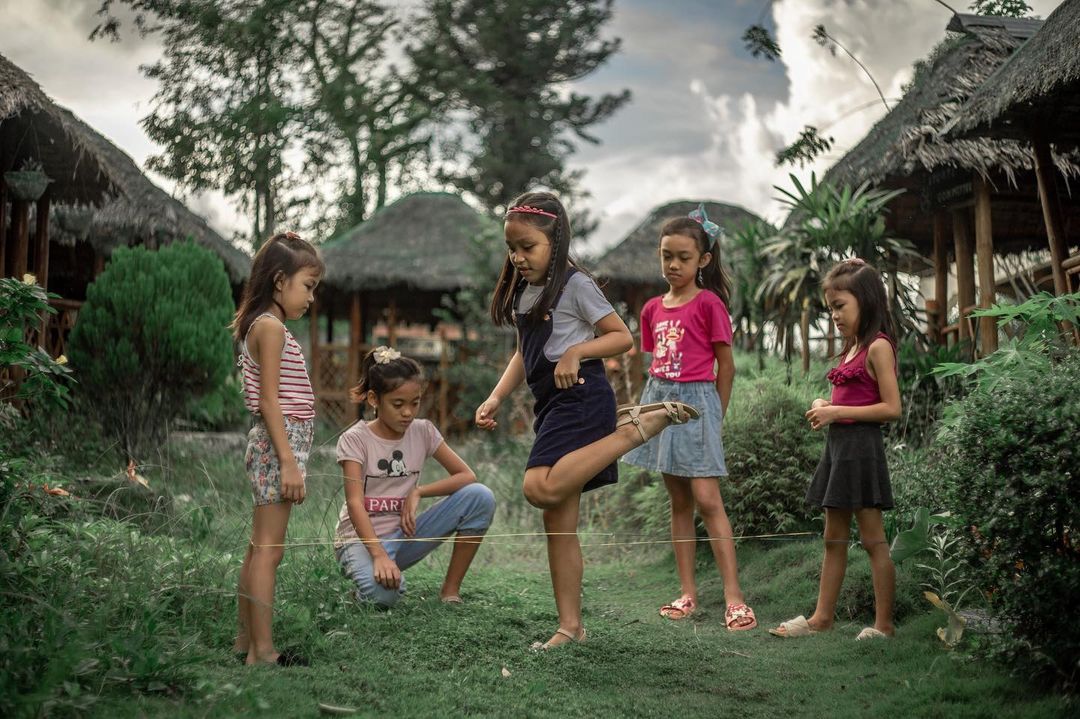
Image credit: @cherished.mom.ents
Chinese garter is a game common in many countries in Asia. It can be played individually or in teams. The game uses a stretchy loop of rubber bands chained together.
Two people from the opposite team wear the garter, standing on opposite ends. The game starts with the garter around their ankles for an easy round and gets harder as the garter goes higher around the opponents’ bodies.
Each player taking a turn should jump to and from opposite sides of the garter, counting in tens, up to 50. On 60, they should have both sides of the garter between their legs. On 70, they should have both legs inside the garter. 80 and 90 are preparation for 100 when the player has to step on both sides of the garter simultaneously. You lose when you step or release the garter at the wrong time.
If it’s a team game, the leader – called the mother – can save their team members and allow them to play again by winning the round the members lost.
7. Luksong Baka – jumping over the It
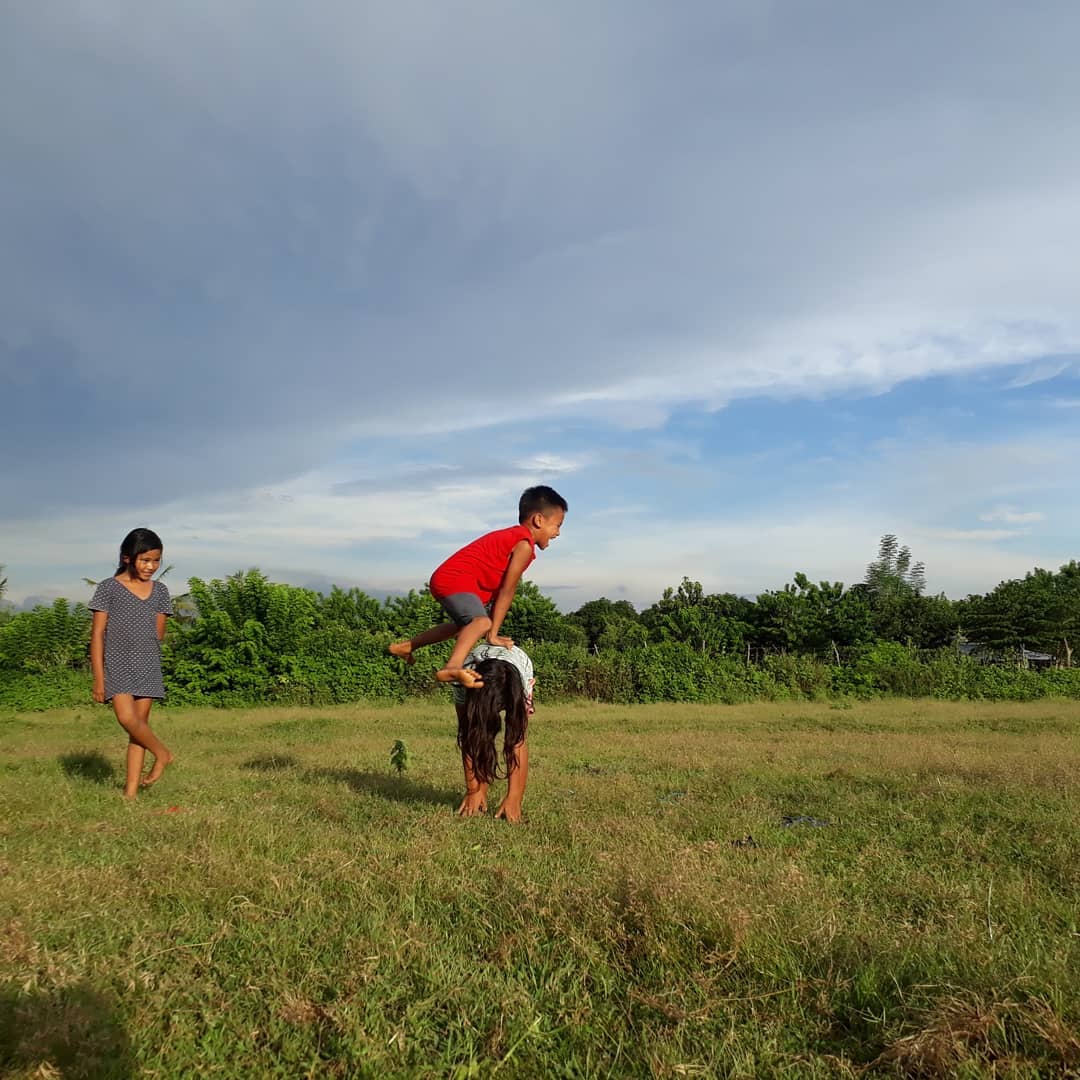
Image credit: @shawicortez
The Philippines has two Filipino childhood games that involve jumping over a player or players. One of them is luksong baka.
For this game, players jump over the back of the player designated as It. They can use the It’s back to hoist themselves higher as they’re in the air. A player loses when they topple over the It or when they’re unable to jump over. The losing player then becomes It.
The game starts with the It crouched on the floor, then on all fours. The more difficult, standing levels start with the It standing and reaching their toes.
The other Filipino childhood game that involves jumping over people is luksong tinik where there are two Its sitting on the ground using their feet and hands as obstacles.
8. Patintero – one team’s members try to get to the other side of the field
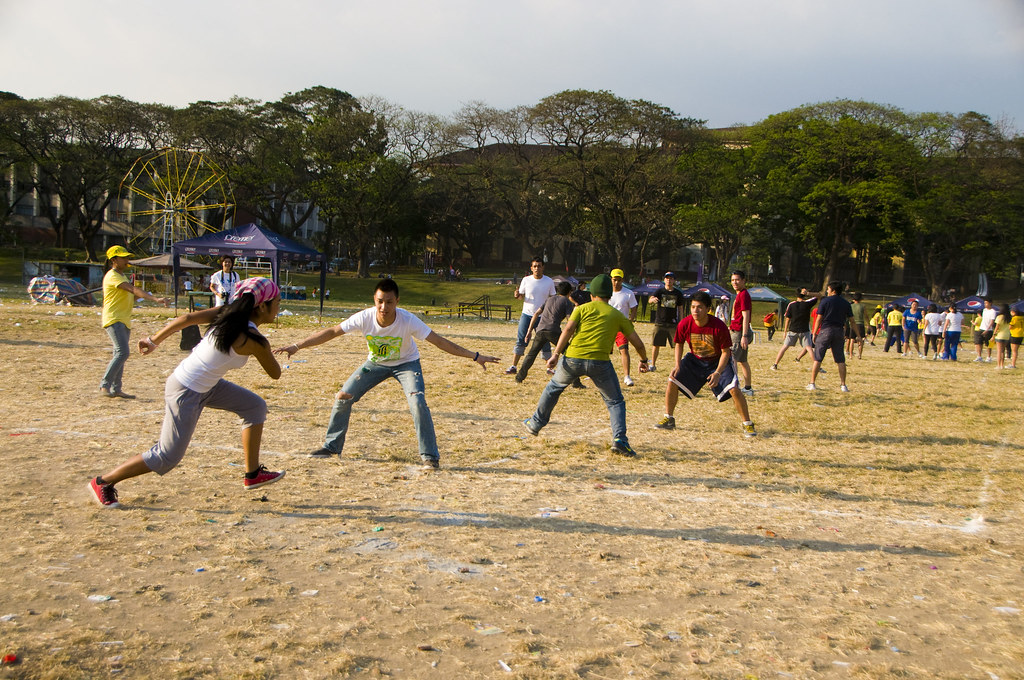
Image credit: Yabang Pinoy/Creative Commons
The Filipino childhood game patintero is played with two teams with four or more people in each team. It makes use of a large rectangular grid with one vertical line and four to six horizontal lines.
Each member of the It group can only stay on their designated line. From there, they need to prevent the other team’s members from passing through.
On the other hand, the other team has to reach the other side of the course without any of them getting tagged by a member of the It group.
9. Ice Ice Water – game of tag that’s not for people who easily get pikon
Video credit: Maribel Rediga
Ice Ice Water is one of the most divisive topics in Filipino childhood games. There are debates on whether it’s called Ice Ice Water or Ice Water Ice Water because it varies depending on where in the country you are.
To put it simply, it’s a game of tag where the It has to freeze the players. The twist is that non-frozen players can unfreeze the frozen players.
Since it could be a long game, Ice Ice Water usually ends when the It gets pikon or touchy about still being It.
10. Agawan base – group game of tag that involves guarding and stealing bases
Video credit: yeng colis
Two teams are needed to play the Filipino childhood game agawan base. They must choose a base on opposite sides of the area, such as a tree.
The goal of each team is to protect their base from being taken by the other group so one person from each team is assigned on keeping guard of their base. Meanwhile, the others play tag. Tagged members from a team are taken hostage at the other’s base but their members can save them by touching their hand.
The guards can leave the base to save their members but this puts their base at risk of getting taken over. The guards can also tag members of the opposing team to protect their base.
11. Tumbang preso – knocking over an empty can to retrieve slippers
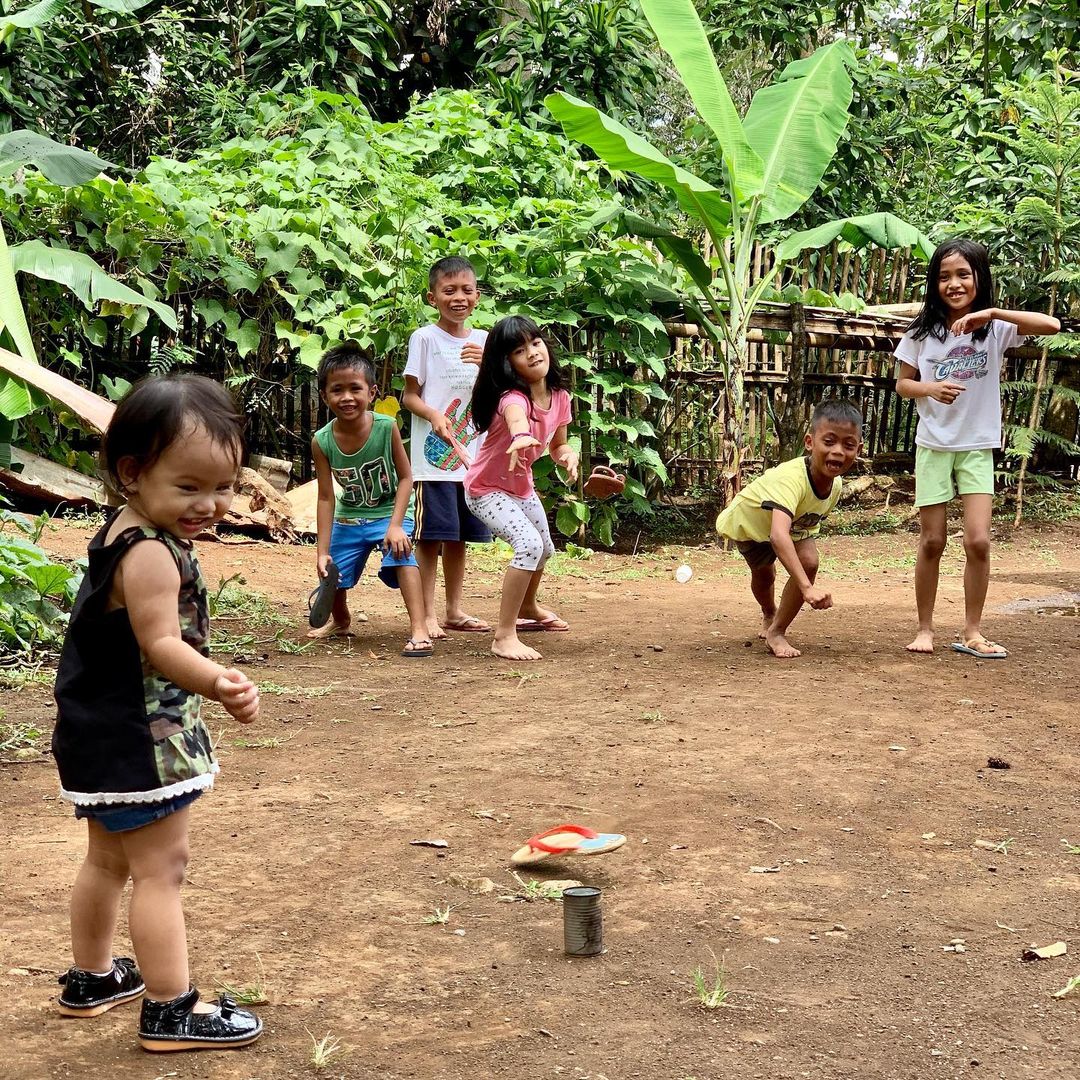
Image credit: @zowanderer
You’ll often see kids not wearing their slippers when playing tumbang preso. This is because these are used for the game – one as bait and one as a weapon.
With the slipper they’re holding, players take turns toppling over an empty can. When the can is knocked over, all players have to run to retrieve their other slipper as the It puts the can back in its place.
Once the can is in its original place, the It can run after them to tag a player to be the next It.
Filipino childhood games we miss
Bonus: our takes on what Filipino versions of Squid Game games would be like!
Whether you were an extraordinarily good player or not, Filipino childhood games made our childhood memorable. They remind us of fun and freedom – some of the reasons why we wish could be kids again.
Thankfully, you don’t need to go back to being a kid to enjoy these Filipino childhood games. You can always gather your friends and have fun playing these games again.
More nostalgic reads:
- 20 extinct Filipino fast food items
- 10 Filipino childhood snacks and drinks
- 10 childhood places in Metro Manila
Cover image adapted from: Yabang Pinoy/Creative Commons and @mikesnonsportscards
